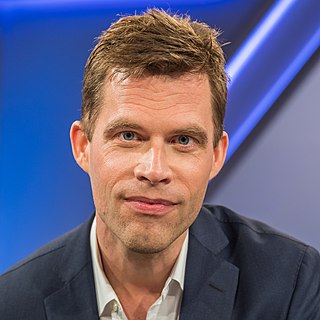 W
WHeinrich Biltz was a German chemist and professor.
 W
WWilhelm Biltz was a German chemist and scientific editor.
 W
WKarl Friedrich Burdach was a German physiologist. He was born in Leipzig and died in Königsberg. He was the first to use the word "biology" and was a pioneer of neuroanatomy.
 W
WJohann Adam Otto Bütschli was a German zoologist and professor at the University of Heidelberg. He specialized in invertebrates and insect development. Many of the groups of protists were first recognized by him.
 W
WEmil Wilhelm Cohen was a German mineralogist, born in Jutland.
 W
WHeinz Haber was a German physicist and science writer who primarily became known for his TV programs and books about physics and environmental subjects. His lucid style of explaining hard science has frequently been imitated by later popular science presenters in Germany.
 W
WHermann Haken is physicist and professor emeritus in theoretical physics at the University of Stuttgart. He is known as the founder of synergetics. He is a cousin of the mathematician Wolfgang Haken, who proved the Four color theorem.
 W
WJean Chrétien Ferdinand Hoefer was a German-French physician and lexicographer. He is now known for his many works on the history of science.
 W
WSabine Hossenfelder is a German author and theoretical physicist who researches quantum gravity. She is a Research Fellow at the Frankfurt Institute for Advanced Studies where she leads the Superfluid Dark Matter group. She is the author of Lost in Math: How Beauty Leads Physics Astray, which explores the concept of elegance in fundamental physics and cosmology.
 W
WBas Kast is a German science writer. He studied psychology and biology at the University of Konstanz and at the Massachusetts Institute of Technology. Working as a freelancer first for the German weekly newspaper Die Zeit and other magazines, he later became an editor and reporter for the Berlin-based newspaper Der Tagesspiegel. His articles have earned him a number of national and international prizes. Kast has written several popular science books, some of which became best selling books that have been translated in numerous languages.
 W
WStefan Klein is a physicist, author, essayist and visiting professor at Berlin University of the Arts . He is best known for his books The Science of Happiness and Time: A User's Guide. His works have been translated into 25 languages and became best sellers in many countries.
 W
WJesco Hans Heinrich Max Freiherr von Puttkamer was a German-American aerospace engineer, senior manager at NASA, and a pulp science fiction writer.
 W
WThomas Rid is a political scientist best known for his work on the history and risks of information technology in conflict. He is Professor of Strategic Studies at Johns Hopkins University's School of Advanced International Studies. Previously he was a professor of security studies in the Department of War Studies, Faculty of Social Science and Public Policy King’s College in London.
 W
WJulius Scheiner was a German astronomer, born in Cologne and educated at Bonn. He became assistant at the astrophysical observatory in Potsdam in 1887 and its observer in chief in 1898, three years after his appointment to the chair of astrophysics in the University of Berlin. Scheiner paid special attention to celestial photography and wrote Die Spektralanalyse der Gestirne (1890); Lehrbuch der Photographie der Gestirne (1897); Strahlung und Temperatur der Sonne (1899); Der Bau des Weltalls (1901); third edition (1909). In 1899 he began the publication of the Photographische Himmelskarte; Zone +31° bis +40° Deklination.
 W
WJustine Siegemund or Siegemundin was a renowned midwife from Lower Silesia whose Court Midwife (1690) was the more read, but not the first, female-published German obstetrical manual.
 W
WJohann Baptist Ritter von Spix was a German biologist. From his expedition to Brazil he brought to Germany a large variety of specimens of plants, insects, mammals, birds, amphibians and fish. They constitute an important basis for today's National Zoological Collection in Munich. Numerous examples of his ethnographic collections, such as dance masks and the like, are now part of the collection of the Museum of Ethnography in Munich.
 W
WJohann Andreas Wagner was a German palaeontologist, zoologist and archaeologist who wrote several important works on palaeontology.
 W
WHeinz-Dieter Zeh, usually referred to as H. Dieter Zeh, was a professor of the University of Heidelberg and theoretical physicist.